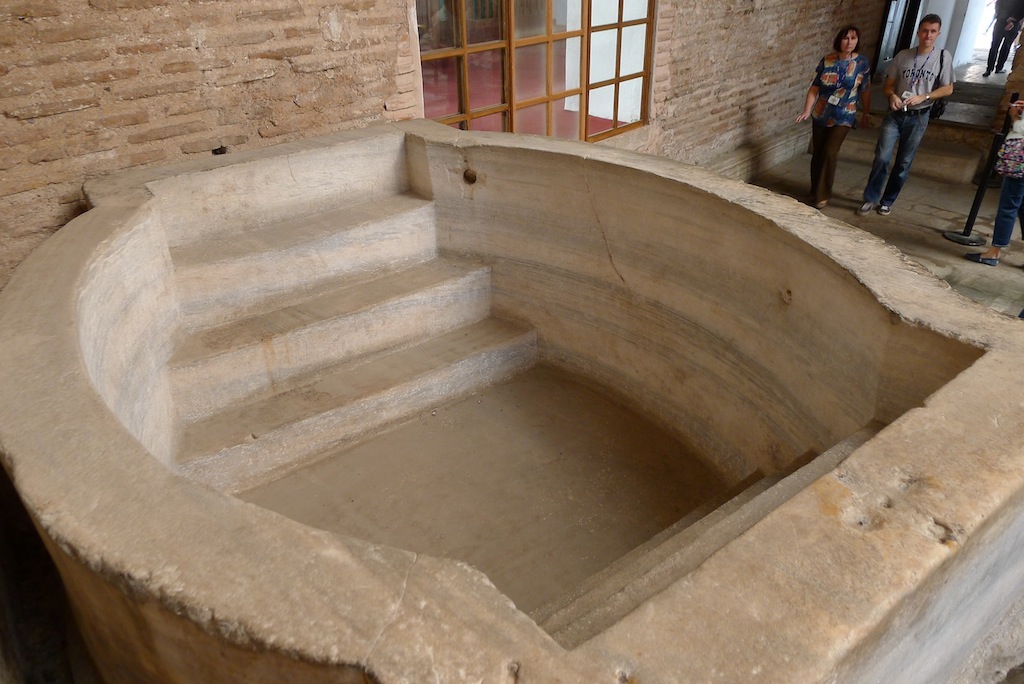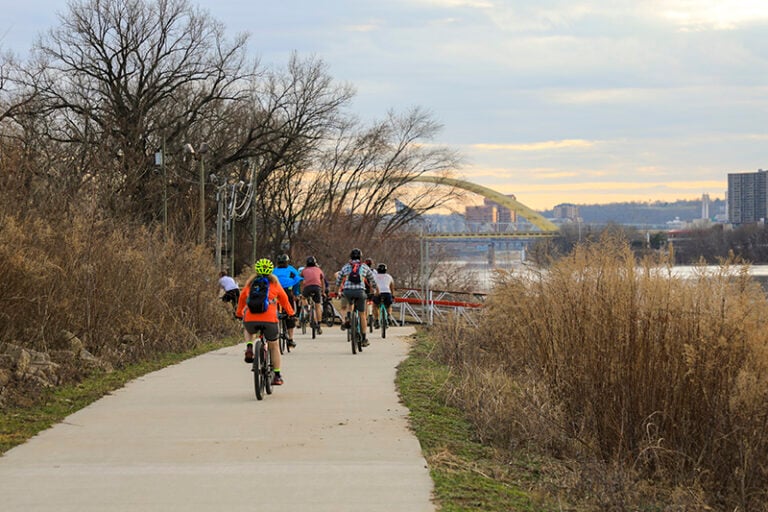
“I Sees Dead People” was the phrase the little boy said to Bruce Willis in the 1999 Supernatural Horror Thriller “ Sixth Sense;” and just like that little boy, I sometimes see the same but not in the ghostly way.
As a safety and risk management consultant in the insurance profession, I see and view my surroundings differently than others. If I am in a restaurant, movie theatre, school, shopping center, church, I see differently, as if I am in a whole different dimension. I intuitively spot safety violations that can cause an injury or fatality.
Just the other day while observing a baptism at the conclusion my church’s service, I didn’t just witness a beautiful transformation in the name of Christ, I noticed a host of hazards.
Baptistry are scenes of joyful celebrations every week in churches all across all the country, but when you mix water, people and electricity to perform immersion baptisms there is a chance something could go wrong. Seventy-one percent of the 318.9M Americans identify themselves as Christians. I would guess that several hundred thousand baptisms occur every year.
Yet, the first hazard intruded on my thoughts was the steps leading down into the baptistry. A handrail at the top of the tank stops short of the baptistry and somebody could easily slip and fall. I couldn’t tell if treads on the baptistry had a non-skid surface, but if not that would make them more hazardous.
Growing up in Pentecostal church I have witnessed my share of people being stricken by the Holy Spirit and can still remember one lady who took a spill back into the Baptistery as she began to dance on the way out of the baptistry.
There is always the potential of spillage outside the baptismal tank that potentially could serve as a trip-and-fall hazard to others. Recently a middle-aged lady in Miami, FL trying to video-record a family member’s baptism slipped and fell and fractured her wrist and was awarded $65K — after the law firm representing her argued against the church. The claim was negligence for not properly warning church members of a possible hazard from water splashing onto the floor.
As I continued to watch this particular baptism, I saw the pastor lift the person back up from the water. And I wondered how many pastors over the years have experienced a back injury by completing this holy practice.
The hazard that stood out to me was the wired microphone stationed just a foot away from the immersion tank.
This reminded me of a Waco, Texas pastor who was electrocuted and died one Sunday morning while performing a baptism in 2005. According to USA Today, the incident occurred while conducting a baptism in front of 800 people. He reached out to adjust a nearby microphone while standing in an immersion tank filled with water.

The fact is electricity and water create a potentially deadly combination, but metal — not microphones themselves — present the greatest danger to people in baptistries.
According to a report on electrocution from the National Institute for Occupational Safety and Health, the presence of moisture increases the possibility of low-voltage electrical shock 100 times. But no properly grounded microphone carries enough electricity to cause death.
But any pool of water carries electrical potential, and if a person standing in electricity-charged water reaches out to touch a metal object, it will complete the circuit and cause a shock. If microphone lines were cut and came into contact with high voltage, the metal casing of the microphone could become highly charged and could cause an electrocution.
The bottom line is, if you’re in the water, don’t touch anything metal.
The pastor’s family ended up settling a wrongful death lawsuit against an electrical contractor — after they alleged the contractor was negligent in the design, assembly and installation of the church baptistry heaters.
To improve the safety of baptisms here are some tips:
Churches should use only licensed, certified electricians and plumbers.
All electrical plugs near baptistry should be equipped with ground-fault interrupters.
Always use cordless microphones in your baptistry and never use a hard-wired microphone in a baptistry. There are a variety of wireless microphones that use batteries and transmitters can be worn safely inside the rubber waders worn during the baptism.
If you must use a corded microphone, have it suspended from the ceiling. It should never be handled by anyone in the baptistry.
If it’s been years since your heated baptistry was installed, then you should have an electrical contractor inspect it.
Keep all other electric audio-visual equipment: camcorders, tape recorders, guitar, etc., connected to mains power even through a low voltage transformer, safely away from the baptistry. There should not be any electrical light fitting or electric socket to be located within 3 feet of the baptistry.
Underwater lighting for a baptism pool is also inherently risky, ridiculously un-necessary and should be removed.
Extend hand rails down into the tank to help ensure safe passage in and out of the immersion tank.
Prevent slips and falls by making sure proper handrails are installed and slip-resistant surfaces should be mounted on the treads leading down into the baptistry.
Install carpet or other no-slip floor covering installed around the baptistry.
Use signs or cones to warn people that the area could potentially be wet.
Reduce the potential for drowning by keeping the water depth down, secure access, build a safety barrier around the baptistry, install a cover and making sure young children are supervised at all times.
If there are heating elements, they are properly grounded and a thermostatic valve is installed.
Inspect for leaks regularly. If the water level is constantly going down, water is going somewhere and could damage property and serve as a slip and fall hazard. Baptistry water should be filtered every day. Filters should be cleaned when the water is changed.
Baptistries should have odorless disinfectant systems that operate when the filter pump is on. Those without this feature should be chemically treated.
Solicit the assistance of an associate pastor or other family member to participate in the immersion, if the person is obese.
I was baptized in the Jordan River in Israel at the age of twelve.
I can still remember being nibbled on by something beneath the water line and being thankful that it wasn’t the Amazon River.
Outdoor baptisms present their own unique source of hazards from water snakes, drownings, snapping turtles, bacteria, …etc. So if you insist on performing a river bank baptism let me suggest that you avoid nocturnal baptisms in murky waters and never immerse the parishioner downstream where he or she may get caught by the current. But instead baptizes upstream, where the current can assist you with raising the parishioner to his or her feet so that you can catch them before they go drifting down stream.
Be Safe My Friends
Keven Moore works in risk management services. He has a bachelor’s degree from University of Kentucky, a master’s from Eastern Kentucky University and 25-plus years of experience in the safety and insurance profession. He lives in Lexington with his family and works out of both the Lexington and Northern Kentucky offices. Keven can be reached at kmoore@roeding.com.



















Excellent discussion.